What is an asteroid?
A chunk of rock and metal in outer space that orbits the sun.
Which planets are beside earth?
Mars and Venus 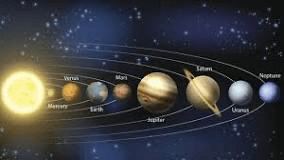
The path that an object takes as it goes around another object. The closer that a planet is to the Sun the shorter the distance.
What are Moons?
Natural objects made of rock in our Solar System that orbit planets.
What is at the centre of our Solar System?
The sun.
Where can we find most of the Asteroids in our Solar System?
The Asteroid Belt
A planet with a compact rocky surface.
The four innermost planets are terrestrial planets. Mercury, Earth, Mars and Venus
What causes daylight?
The Earth rotates on its axis. The side that is facing the sun experiences sunlight.
How come the Moon has different phases?
Groups of stars that form shapes like objects, humans, or signs are called what
Constellations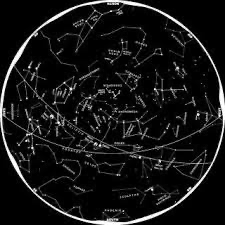
What is the popular comet called that we can see every 75-76 years?
Halley's Comet
What is a gas planet? What main gases makeup gas planets?
A planet made of mostly gas. Usually Hydrogen and Helium.
The 4 gas planets are Neptune, Uranus, Saturn, and Jupiter.
Why do we have seasons?
Because of Earth's orbit around the Sun. 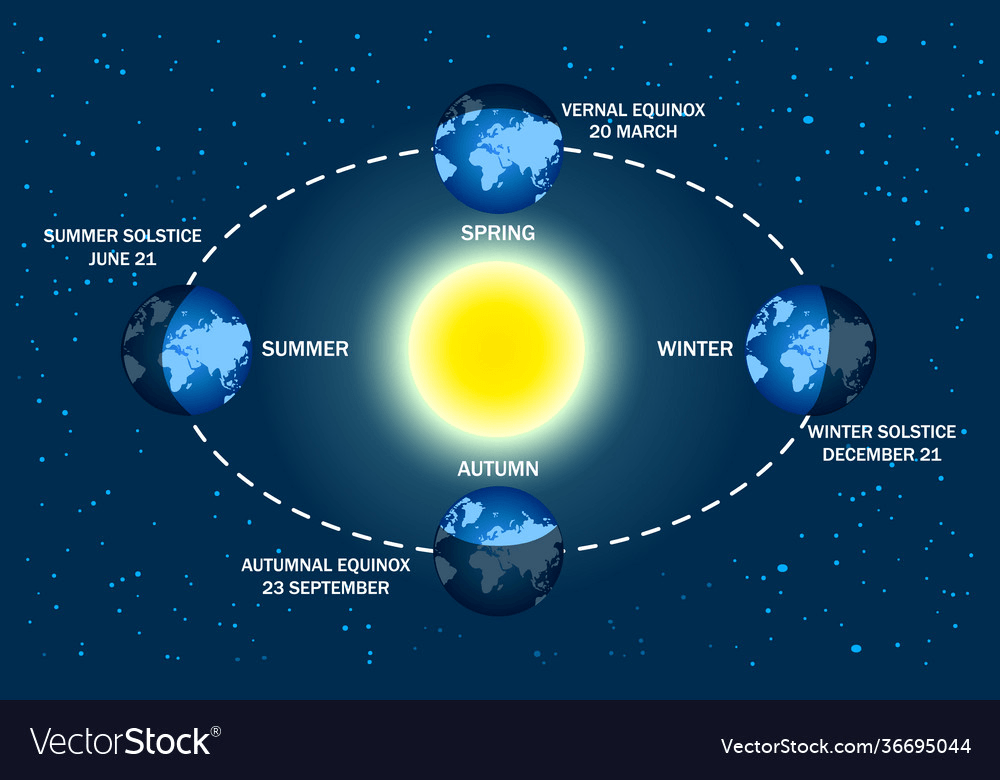
What planets do not have any Moons?
Venus and Mercury
What is the Solar System?
The orbit of planets and other objects around the sun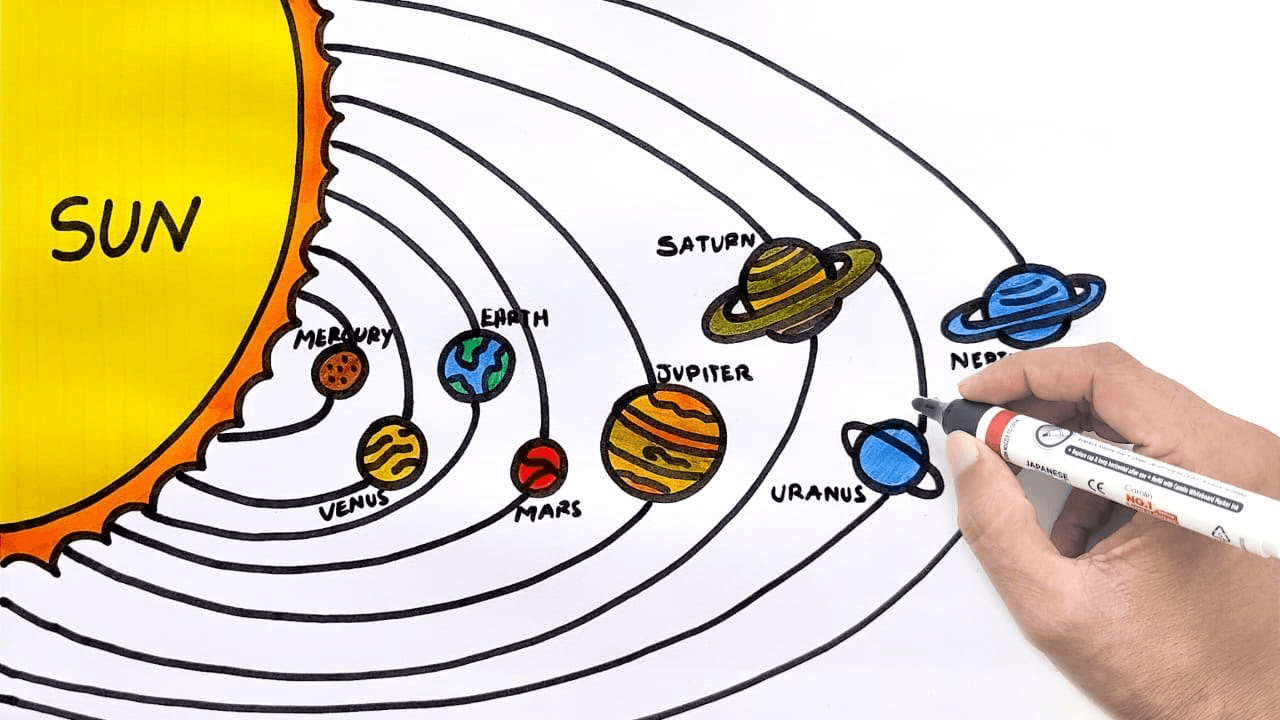
What is the difference between a meteor and a meteorite?
A meteor burns up in Earth's atmosphere.
A meteorite is completely burned up and lands on Earth.
Which planet has the most moons?
Jupiter
What is an eclipse?
An eclipse is when one celestial body (planet, Sun, Moon) moved into the shadow of another.
Examples include a solar and lunar eclipse.
What is another name for the cycle of Phases of the Moon?
The Lunar Cycle
Why is gravity important in the Solar System?
Because it pulls everything to the centre.
We are pulled to the centre of the Earth.
The Earth is pulled to the centre of the Solar System, the Sun.
What is a celestial body?
A natural object which is located in our Solar System.
Examples of celestial bodies include The Moon, The Sun, Asteroids, Comets, Planets and Stars.
Meteors and Meteorites are not celestial bodies because they enter Earth's Atmosphere
What is the hottest planet in our Solar System?
Venus
Why do we have more daylight in the summer vs the winter?
As we orbit the Sun, a different part of the Earth is closest to the Sun. When our country is closest to the Sun, we experience summer and more daylight.
List 4 of the different Phases of the Moon
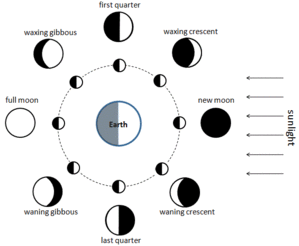
Name the 5 layers of our atmosphere (not in order)
Troposphere, Stratosphere, Mesosphere, Thermosphere, Exosphere